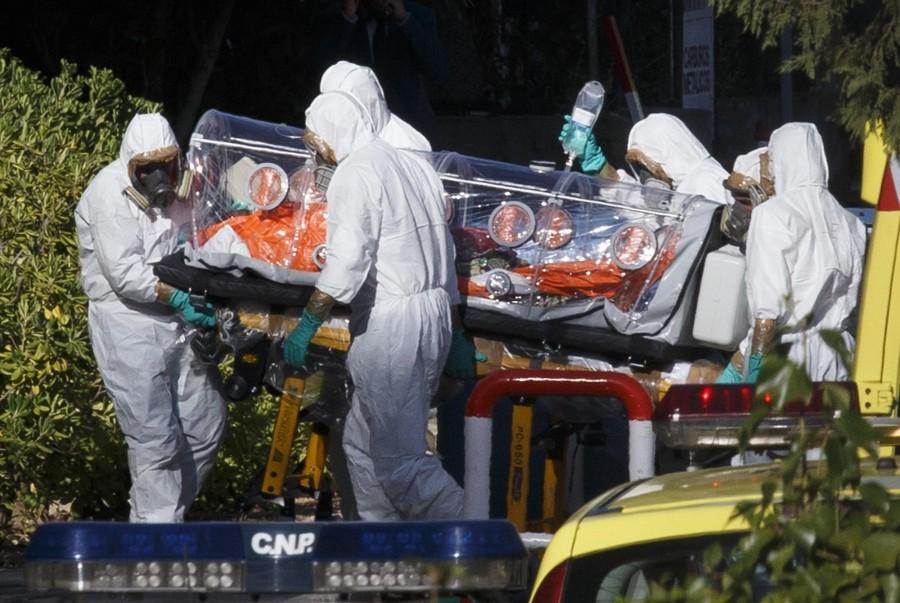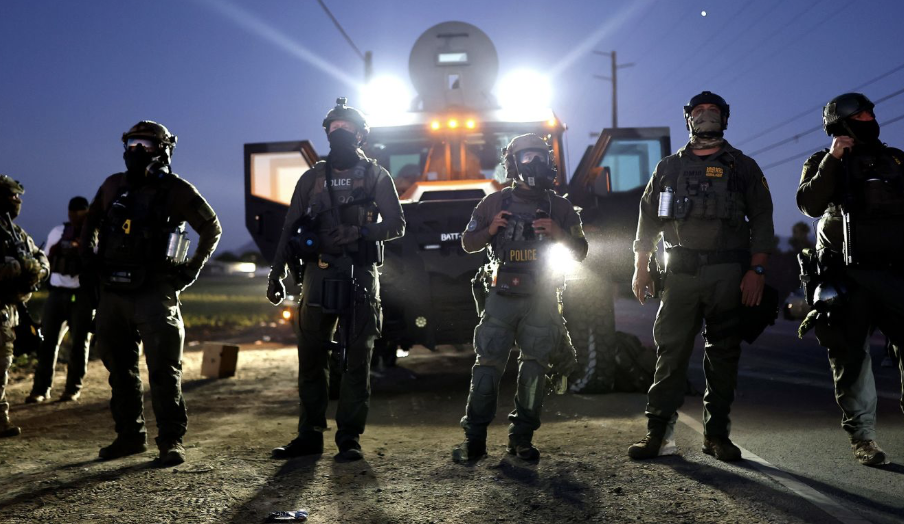Recently, Ebola has been a very hot and emotional topic. This virus, which resurged in West Africa has a high mortality rate with only a prototype cure in the early stages of development and Ebola often results in death by hemorrhagic fever. Hemorrhagic fever is essentially uncontrollable bleeding in organs and tissues within the body. Although the breakout is centralized in Africa, danger has still hit home after the infection of two Americans, Nancy Writebol and Kent Brantly, M.D. Both had been working in Africa to provide healthcare for victims of the deadly disease when they too contracted Ebola. According to a statement released from Emory University Hospital, the two Ebola-infected U.S. citizens have been released from the hospital after being treated with Zmapp, an experimental drug, on Aug. 19, 2014, and are going to make a full recovery. Whether Zmapp had a hand in their successful recovery is still unclear.
“After a rigorous and successful course of treatment and testing, the Emory Healthcare team has determined that both patients have recovered from the Ebola virus and can return to their families and community without concern for spreading this infection to others,” stated Bruce Ribner, M.D., medical director of the Emory University Hospital Communicable Disease Containment Unit to the Emory Healthcare Blog.
Although the infected Americans have recovered, U.S. citizens are still highly concerned about the possibility of a widespread outbreak. According to Harvard School of Public Health and Social Science Research Solutions, a poll conducted by the medical center found that 39 percent of adults fear a significant outbreak, and 26 percent fear that someone they know may contract the deadly disease. The poll represented 1,025 adults in mid August and reported that those with lower levels of education are more likely to fear an outbreak than those of higher education. Studies show that Ebola is not an airborne disease and can only be spread through contact of bodily fluids.
“As they report on events related to Ebola, the media and public health officials need to better inform Americans of Ebola and how it is spread,” said Gillian Steelfisher, Deputy Director of the Harvard Opinion Research Program and research scientist in the HSPH to HSPH News.
With Ebola being the hot topic among the public of recurrences in deadly diseases, another outbreak of a long-since eradicated illness may be imminent. Researchers at Stanford are tracking an outbreak of polio-like illnesses among children in California.
One of the first documented cases of this strange new disease occurred in 2012 to Sofia Jarvis, who was only two years old at the time. After experiencing respiratory problems such as sneezing and shortness of breath, Jarvis’s parents brought her in to Children’s Hospital in Oakland. Doctors initially diagnosed her with asthma, but she was admitted to the hospital for several days in the intensive care unit. Suddenly, Jarvis developed a serious new symptom.
“As we were leaving the doctor’s office, I noticed that she went to grab something with her left arm and she stopped, midway,” said Jarvis’ mother, Jessica Tomei, to USA Today.
Jarvis was paralyzed, and seemingly irreversibly so. Today, two years later, Jarvis is still paralyzed in her left arm and occasionally has problems breathing. So far, 20 to 25 cases involving people experiencing paralysis similar to that found in polio victims have been documented since late 2012.
“Although polio-virus has been eradicated from most of the globe, other viruses can also injure the spine, leading to a polio-like syndrome. In the past decade, newly identified strains of enterovirus have been linked to polio-like outbreaks among children in Asia and Australia,” stated Dr. Van Haren, an instructor of neurology and neurological sciences at Stanford School of Medicine. “These five new cases highlight the possibility of an emerging infectious polio-like syndrome in California.”
Two of these children, including Jarvis, displayed signs of an infection from a virus in the same family as polio, enterovirus-68. In addition, according to the Stanford School of Medicine, all five children had been previously immunized against polio. This new information implies that this disease is not closely enough related to the original strain of polio to be protected against by the classic vaccination.
Doctors do not yet know what exactly is causing this mysterious illness, although this new discovery does not seem to be the same strain of polio as previously known. Scientists have still not ruled out the possibility that this may be a rare autoimmune disorder.
Despite the panic-inducing headlines, both Ebola and this new polio-like disease are both uncommon in the U.S., and the general public has very little cause to fear an epidemic. However, doctors recommend that people report possible symptoms to a medical expert immediately.








